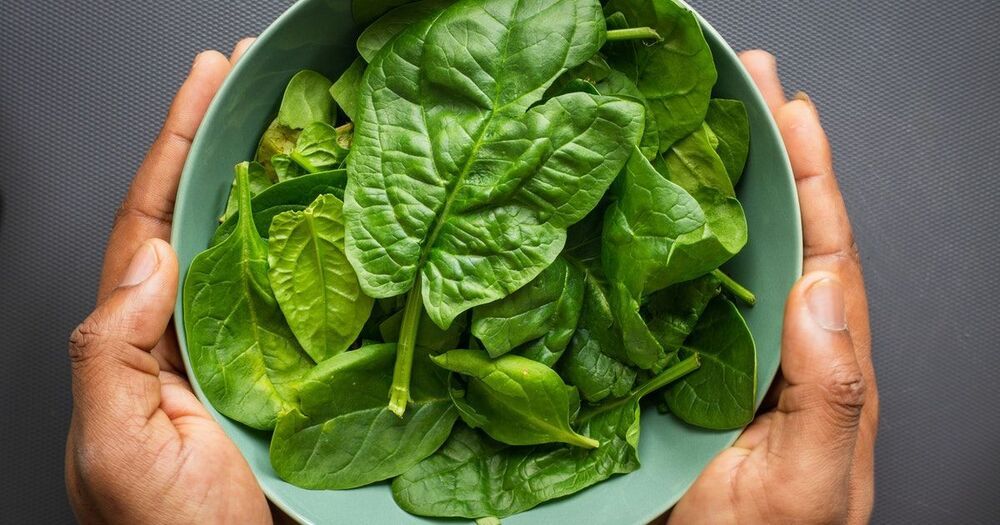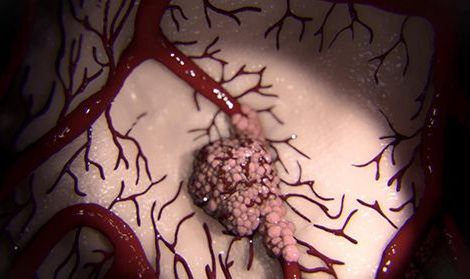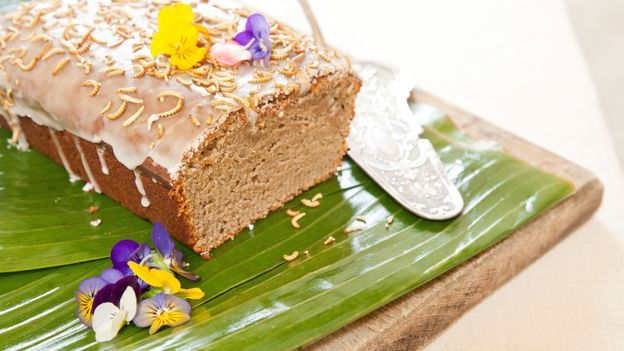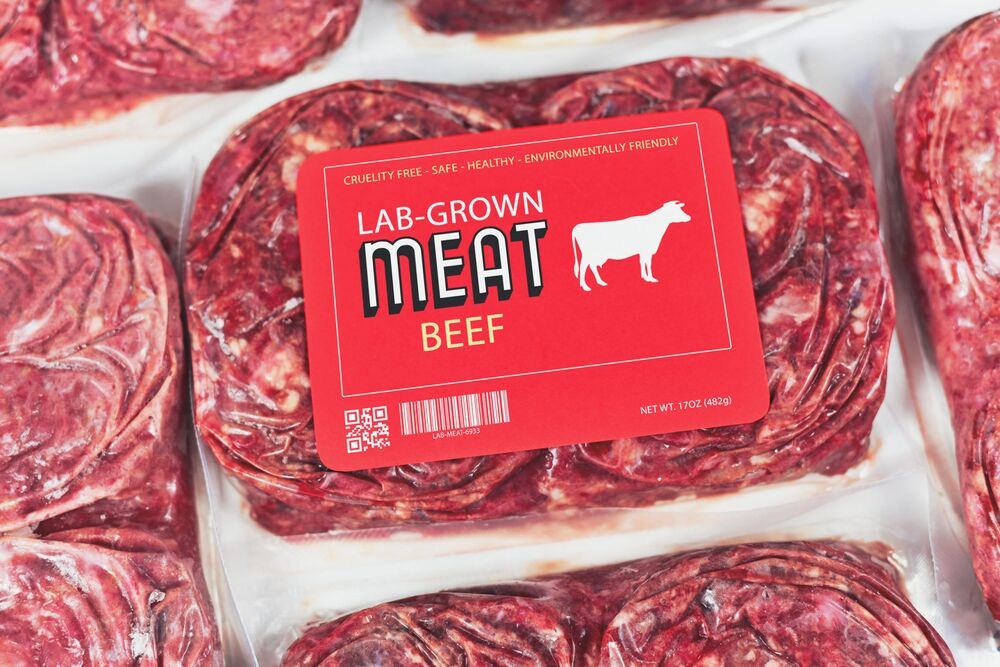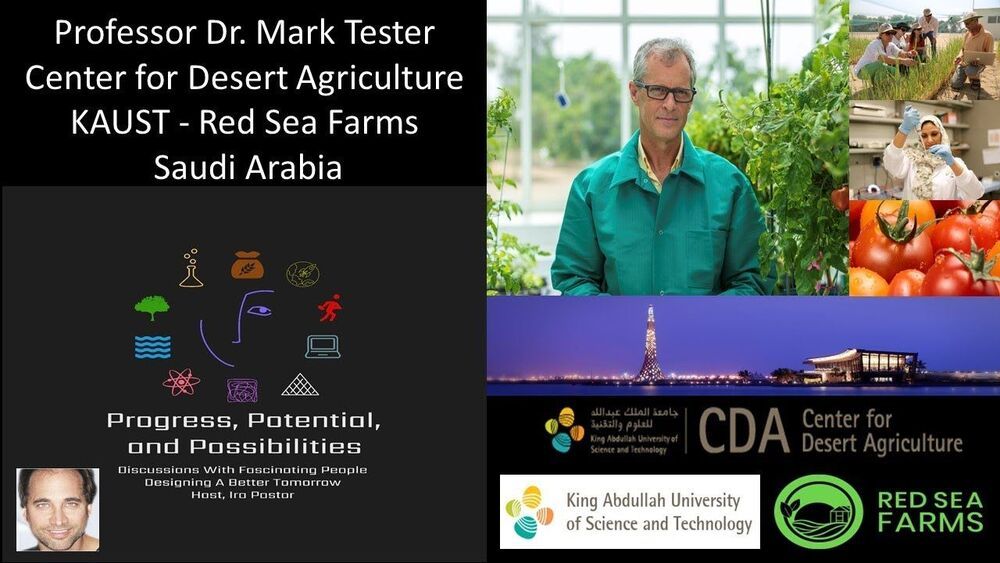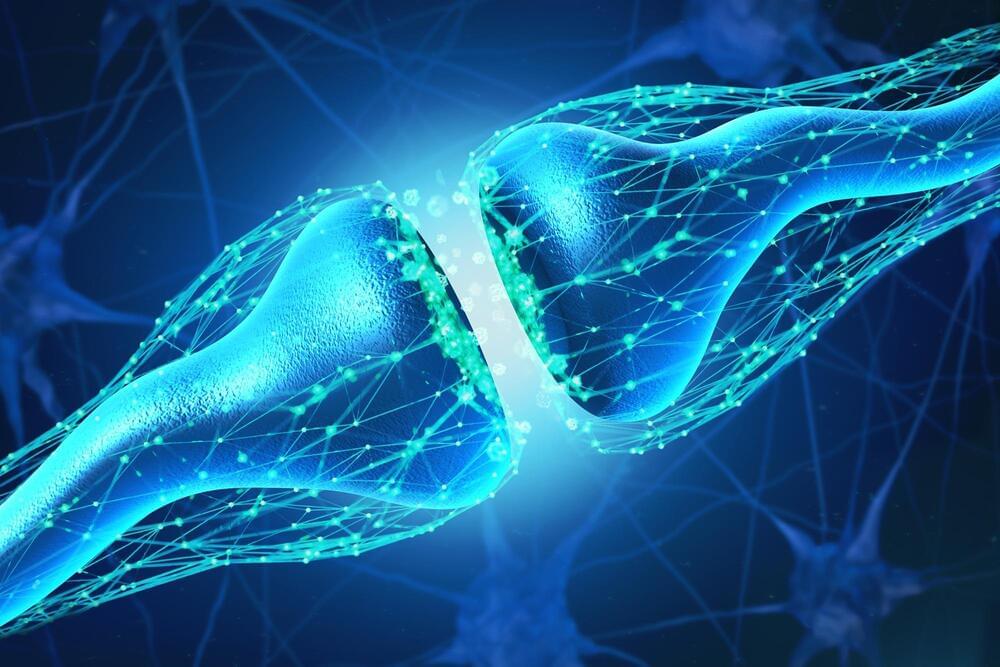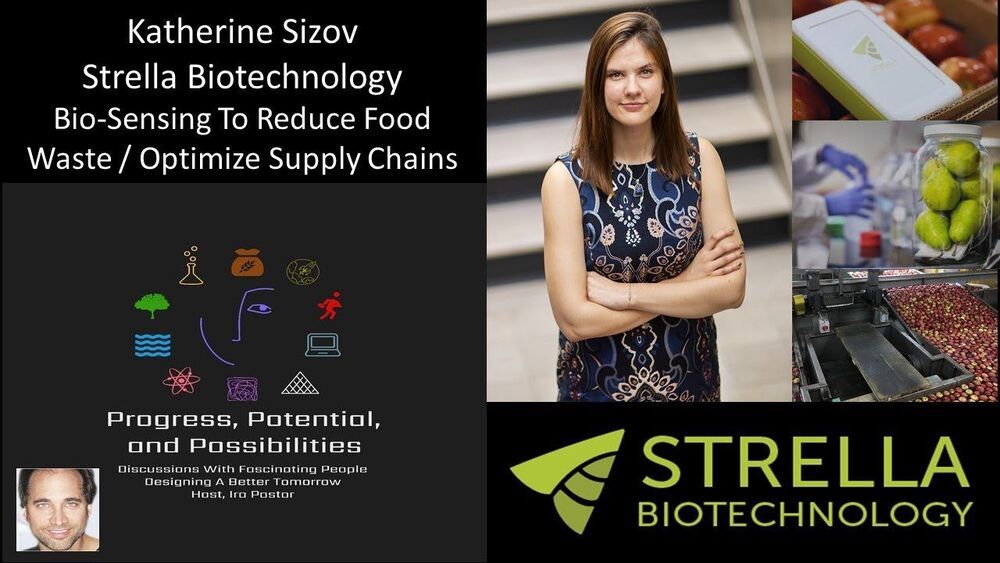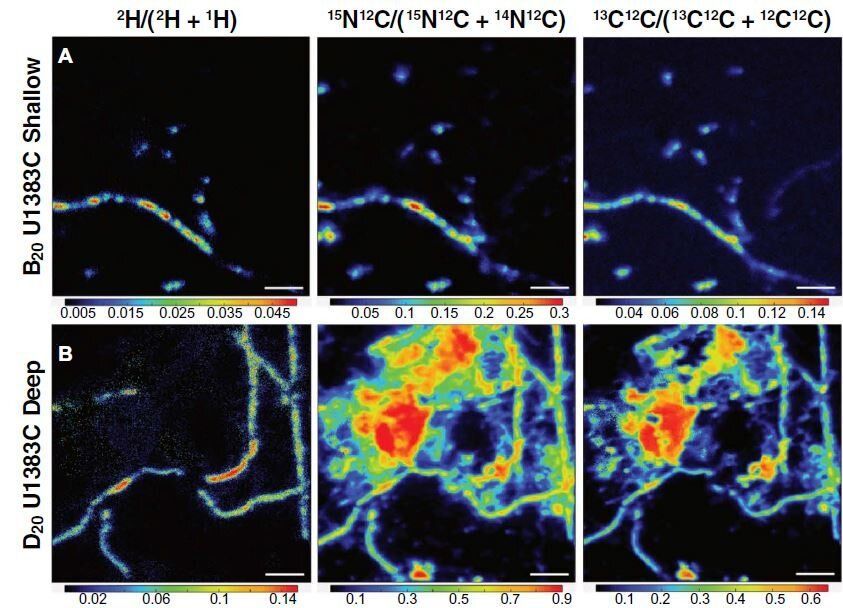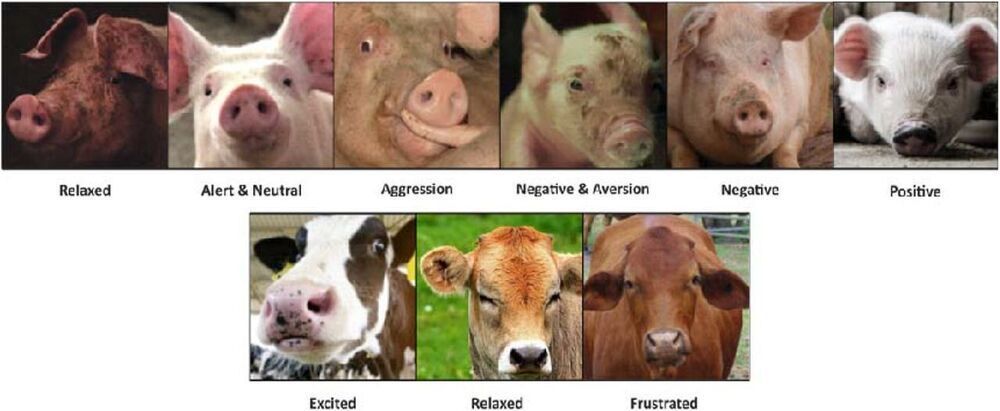May 8, 2021
This lab-grown meat grows on spinach skeletons
Posted by Poopeh Morakkabati in categories: biological, food, sustainability
In the last decade, lab-grown meat has emerged a sustainable alternative to traditional livestock methods. Livestock strain Earth’s land resources and account for about 14.5 percent of global greenhouse gas emissions. But while scientists can grow thin sheets of cow meat and scrape it together to form a patty, people eat with their eyes as much as their mouths. For lab-grown meat to replace a fresh steak, it needs to look like a steak.
Growing lab-based meat into 3D structures is difficult because it needs constant delivery of oxygen and nutrients. In living organisms, vascular systems fill that need. Researchers at Boston College previously showed that skeletonized spinach leaves, stripped of everything but their veiny, oxygen-dispersing, vascular system, can support patches of heart muscle cells. Now, they show that lab-grown meat can grow on skeletonized spinach, an essential step to growing steak-shaped meat in the lab.
